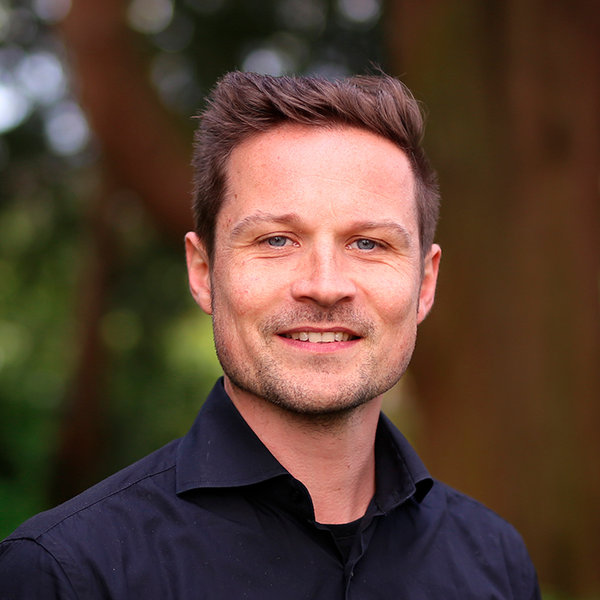
As a narrative practitioner, this era sometimes aches a little. All those fleeting stories flashing by on our phones. According to philosopher Byung-Chul Han, we live in a time of narrative poverty. Where stories once formed the fabric of communities with a shared past, shared values and a shared horizon, they have now often become instruments of marketing and self-presentation. We live in a sea of information, but miss meaningful connections. The “crisis of the narrative” is not merely a cultural phenomenon; it affects the way we live together, work together and shape the future. Where stories once gave direction, they now mainly create noise. We would rather read about the burglary around the corner than about the structural change needed to, for instance, save biodiversity. The abundance of data does not make us wiser, only more tired, perhaps more cynical.
Maybe I am thinking about this more than usual because soon I will go on a kind of “school trip” with a few favourite colleagues, to England, to learn from Rob Hopkins about time travel and future storytelling. A few days of immersing ourselves in his way of thinking and doing. Writing this feels a bit like packing: what will I take with me? Which thoughts, questions and assumptions do I want to lay out on that new terrain? So this is not only a blog, but also a way of exploring my thinking by thinking out loud.
From cynicism to imagination
Rob Hopkins describes us as a cynical generation. We have become good at criticism, but poor at imagining attractive futures. In his book How to Fall in Love with the Future, he invites us to time travel: not with machines, but with imagination. He shows how we can mentally travel to a future we want to be in, a world where people have found creative and caring answers to the big questions of our time (such as the decline in biodiversity). What does that world look like? What do we smell, hear, feel there? And above all: what have we done to get there? Hopkins calls this mental time travel: an exercise in hope, in the capacity to act. In his opening chapter, Hopkins describes how he actually travelled to a desired future and how people there talk about our present as a cynical generation, a generation whose imaginative power has faded. Whoever falls in love with the future feels inspired to help shape it, he suggests. Imagination is not a luxury, but a skill that temporarily switches off our cynicism and activates our creativity.
Sustainability as a horizon
Lately I have been working a lot with sustainability, in my own life, in organisations and in my role as an advisor. Sustainability, to me, is about living within the boundaries of our planet, with attention to a fair distribution of prosperity and the resilience of our societies. It asks us to look beyond the short term: to the generations after us, to vulnerable ecosystems, to the limits the earth sets us. That future requires not only policy, but also imagination. We need to be able to see what a sustainable world looks like and to long for that world in order to bring it into being.
Future Search: time traveling together
As part of my preparation I picked up the book Future Search by Janoff and Weisbord again. It almost felt like reopening an old travel diary. Their method is actually exactly what Hopkins means by time travel, but then in group form. Future Search is a way for a whole organisation or community to design a shared future. Everyone who matters is at the table: people with different interests, perspectives and backgrounds. Together they travel through three times, the past, the present and the future, to ultimately find common ground. What struck me when I reread it was how narrative the process is. Participants tell about their experiences, hopes and concerns. People listen, not to respond, but to understand. Something like collective imagination arises: the feeling that there is a future that belongs to all of us. It sounds simple, but it is not. It takes courage, openness and the ability to stay in the uncertainty of what does not yet exist. And precisely there, in that in-between space, something emerges that feels like magic: people being able to understand each other again.
Developing strategy through story In organisations
I often see something similar to what Han describes in society: we are busy with the short term, with dashboards and deadlines, but we lose the longer line, the story. The question is not only what we will do tomorrow, but what story we are building together. As an advisor I notice how tempting it is to stay stuck in analysis, in structures and processes. While the real questions are about meaning: where do we want to go? What do we believe in? What does it look like when it works? And to be honest, I struggle with that myself too. How do you develop a strategy that is not only smart or efficient, but also narrative, that connects people and gets them moving? How do you, as an advisor, avoid standing on the sidelines and instead become part of the story that is unfolding? Maybe it helps to see ourselves more often as fellow travellers rather than external experts. To not only think along, but also dream along.
An invitation to time travel
Maybe we need to learn to become time travellers. To train our imagination muscles, to temporarily switch off cynicism, to dare to play with visions of the future that are not only desirable but also possible. Stories can again become gateways through which we meet each other. Not as illusions, but as shared points of orientation.
Sources
- How to Fall in Love with the Future, Rob Hopkins
- The Crisis of the Narrative, Byung-Chul Han
- Future Search: An Action Guide to Finding Common Ground in Organizations and Communities, Janoff and Weisbord
Colleagues Saskia, Luc, Koen, Martijn and Joeri will travel to England in November 2025 to learn from Rob Hopkins about imagining desired futures. They will write a number of blogs about their experiences.
